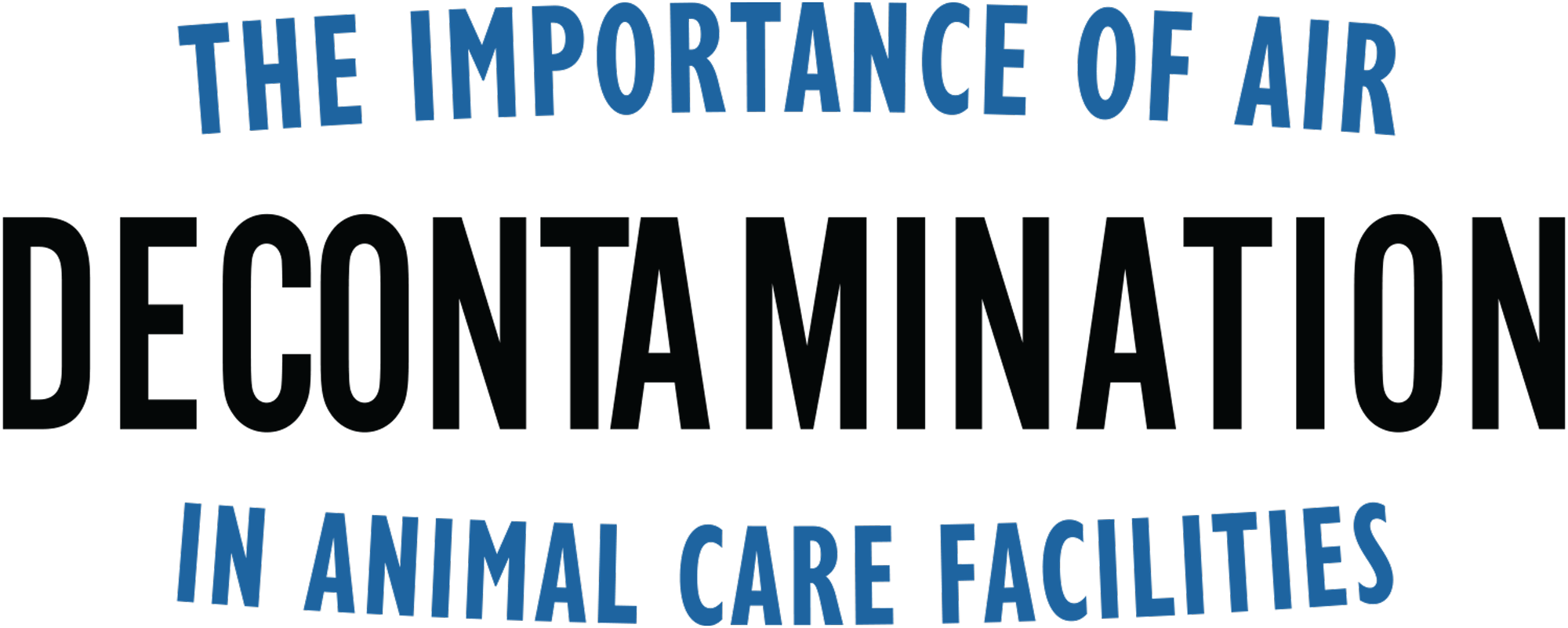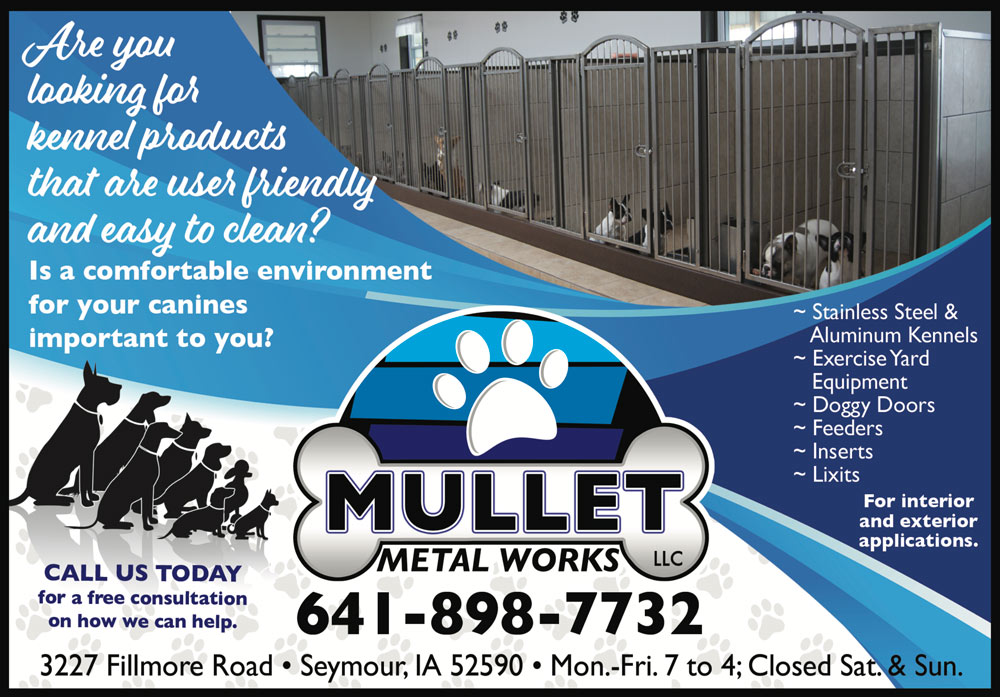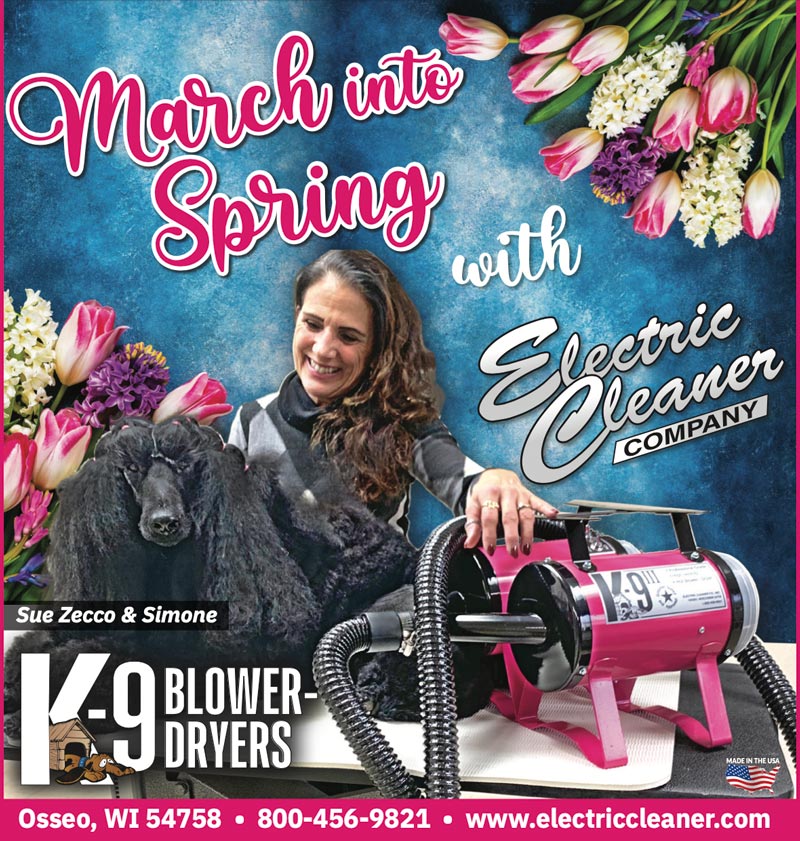
By Lucas Pantaleon, DVM, MS, DACVIM, MBA
& Chama Gomez, RVT-R, BD
 lean air is a basic requirement of life. The quality of indoor air, where people and pets spend a significant part of their lifetime, is essential to their overall health and wellbeing.
lean air is a basic requirement of life. The quality of indoor air, where people and pets spend a significant part of their lifetime, is essential to their overall health and wellbeing.
There is an ongoing debate as to whether indoor air should be regulated in the same way as drinking water and outdoor air pollution. Consider that in any given setting, one may choose not to drink the water or eat the food that is available, but generally has little choice in breathing the same air as everyone else. This makes air an environmental equalizer, with the potential to rapidly disperse whatever it may contain—including infectious pathogens. This highlights the importance for improving indoor air quality and reducing the exposure to both pollutants and pathogens.
Buildings have long been associated with disease outbreaks in both humans and animals. The amount of time people and/or their pets remain indoors in close contact is a main contributor for disease transmission. Sources for indoor microbes include aerosols from people or animals, pathogen aerosolization from biofilm and resuspension of pathogen reservoirs such as dust. Airborne diseases, including canine and feline viral respiratory diseases, SARS-Covid2 and influenza viruses, can spread through the air. Enclosed, crowded and poorly ventilated environments such as animal shelters, boarding facilities and veterinary hospitals are prone to experience outbreaks of respiratory diseases.
It is vital that animal care facilities implement strategies to improve the safety of indoor air as part of their overall infectious disease prevention and control protocols. Ideally, multiple strategies, such as ventilation, filtration and decontamination, will need to be combined in a layered approach with other routine infection prevention measures with the end goal of making indoor spaces healthier for people and animals.
Any facility where animals are housed is a dynamic environment in which the aerosol composition is complex and generated from multiple sources such as pets, humans, outdoor air, surfaces, drains and equipment. Other important factors that influence the indoor air quality are temperature, humidity, ventilation, number of occupants, frequency of doors opening and traffic flow throughout the facility. People or pets that are sick (sneezing and coughing) due to a respiratory disease may contaminate the air in their immediate vicinity or, alternatively, aerosols could travel to far distances, exposing susceptible hosts.
When using an air decontamination device (air purifier) the comfort and safety for humans and animals should not be compromised. These devices should be able to be in continuous use and deal with the fluctuations in indoor air contamination to decrease the risk of airborne pathogen transmission. Look for technologies such as the latest generation of advanced PCO devices that offer a proactive air decontamination method that is safe because no ozone gas is produced, allowing for environments to remain occupied.
There are two commonly recognized types of air cleaners: mechanical and electronic. Mechanical is considered a passive system in that the particles must travel to and then through the unit before being captured or inactivated. This increases the likelihood of pathogens encountering a potential host or contaminating exposed surfaces prior to reaching the unit.
Filtration is an example of a passive process, as air must pass through an appropriate filter to capture particulate matter and microbes. Most facilities already have a passive system in place within their HVAC/AC systems by means of a pleated or HEPA filter.
Although HEPA filters are currently considered as the first line of defense against indoor pathogens, a study by the American Society of Heating, Refrigerating and Air-Conditioning Engineers (ASHRE) showed on average that HEPA systems only capture ~50% of airborne particles in a room. Since the filters trap and don’t kill pathogens, care must be taken when changing out the filter. A spray bottle can be utilized to mist down the old filter while it is being gently removed and bagged for disposal. This will help prevent aerosolization of the particulate trapped by the filter. Appropriate PPE should also be utilized during this process. In addition to regularly changing out filters, the ducts should be routinely cleaned and sanitized.
Electronic systems can be either passive or active systems which emit particles or light waves that can inactivate airborne contaminants. This category includes ionizers, photo catalytic oxidation units (PCO), electrostatic precipitators, hydroxyl generators, devices with UV light components and other electronic air cleaning technologies.
Air cleaners that are listed as “Electronic” may be capable of generating ozone and should be UL2988 certified ozone free and/or CARB (California Air Resource Board) approved. Breathing ozone is harmful because it irritates the eyes, nose and throat. It can cause chest pain, coughing or shortness of breath, and may trigger asthma attacks in those that are susceptible. Long-term exposure to ozone could cause chronic breathing impairments and compromise the respiratory defense mechanisms. Concerns have been raised that some air decontamination devices emit ozone at rates that are unhealthy.
The Occupational Safety and Health Administration (OSHA) states that ozone levels for indoor spaces should be less than 0.1 ppm. The California Air Cleaner Regulation certifies air cleaners (CARB approval) for which the ozone emission is no greater than 0.05 ppm. Underwriters Laboratories (UL) created the validation for zero ozone air cleaning devices (UL 2998). Qualifying zero ozone emission products must demonstrate they emit less than the maximum ozone concentration limit of 0.005 ppm, which is below quantifiable level for ozone testing. When purchasing air decontamination devices, it is critical to assure that they meet these safety standards.
Photocatalytic oxidation (PCO) has been shown to kill pathogens in the air and on exposed surfaces. It is an active process that mimics nature by utilizing UV light and a catalyst to produce both negative and positively charged ions. These completely safe ions are released into the air where they bind to and eliminate pathogens and pollutants as soon as they encounter them. Advanced versions of this technology have shown to be over 99% effective against viruses and bacteria, and over 95% effective against mold spores. It destroys odors and is safe, efficient, convenient and extremely cost effective. For any ionizer, be sure to look for UL2998 certification and/or CARB approval to assure safety and lack of ozone production.
As more air decontamination devices become available, it is imperative to evaluate the safety and performance of each unit. Due to the complexities of indoor air environments and the assessment of microbial survivability, the evaluation of decontamination methods requires highly specialized equipment, technical skills and test protocols. Look for testing performed in laboratories that utilize General Laboratory Practices (GLP) standards, specialized equipment such as room-size sealed aerosol chambers and microorganism surrogates that have similar resistance properties to the pathogenic organisms of concern.
When purchasing devices, it is key to assure that laboratory testing for efficacy and safety has been done on the very model you are interested in. Avoid test results from “similar” technologies or models and tests that were ran in small chambers with no proof that the units can cover the square footage they are rated for. Finally, be very wary of doing business with companies that are not openly willing to share the full test reports, only offer a summary of test results or provide results with missing or “blacked-out” information.
There are a lot of good products available to improve indoor air quality and mitigate pathogens. Be prudent in researching the various options and choose what will work best for your unique situation.
Dr Pantaleon DVM MS MBA, a Board Certified Internal Medicine Specialist with expertise in infection prevention, has led the technical advisory team at Ogena Solutions for over 12 years.
Chama Gomez, CVT-R , BD & Technical Support Manager brings over 25 years of experience as a veterinary technician with extensive experience in exotic animal quarantine procedures.


